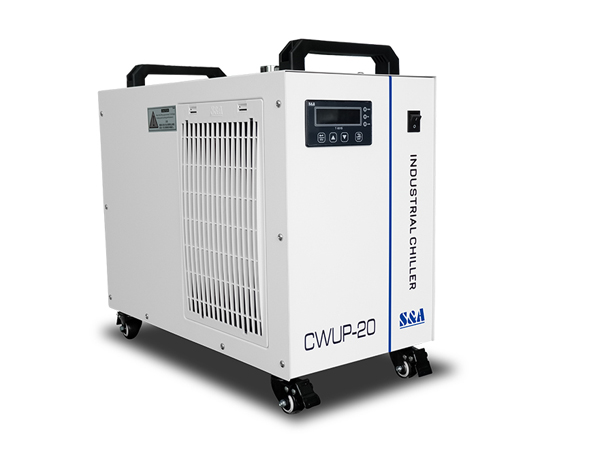![Laser cutting application in FPC sector 1]()
In electronics industry, FPC is known as the “brain” of a wide variety of electronic products. With electronic devices being thinner, smaller, wearable and foldable, FPC which features high wiring density, light weight, high flexibility and the ability to 3D assemble can perfectly meet the challenge of the electronics market.
According to the report, the industry scale of FPC sector is expected to reach 301 billion USD in 2028. The FPC sector is now having a long-term high speed growth and meanwhile, the processing technique of FPC is also innovating.
The traditional processing methods for FPC include cutting die, V-CUT, milling cutter, punching press, etc.. But all these belong to mechanical-contact processing techniques which tend to generate stress, burr, dust and lead to low precision. With all these drawbacks, those kinds of processing methods are gradually replaced by the laser cutting technique.
Laser cutting is a non-contact cutting technique. It can project high intensity light (650mW/mm2) on a very small focal spot (100~500μm). The laser light energy is so high that it can be used to perform cutting, drilling, marking, engraving, welding, scribing, cleaning, etc..
Laser cutting has many advantages in cutting FPC. Below are some of them.
1.Since the wiring density and pitch of FPC products are higher and higher and the FPC outline is becoming more and more complicated, it posts more and more challenge to the FPC mold making. However, with laser cutting technique, it doesn't require mold processing, so a large amount of mold developing expense can be save.
2.As mentioned earlier, mechanical processing has quite a lot of drawbacks which limit the processing precision. But with laser cutting machine, since it is powered by high performance UV laser source which has superior light beam quality, the cutting performance can be very satisfactory.
3.Since traditional processing techniques require mechanical contact, they are bound to cause stress on the FPC, which may cause physical damage. But with laser cutting technique, since it is non-contact processing technique, it can help prevent the materials from damage or deformation.
With FPC becoming smaller and thinner, the difficulty of processing on such a tiny area increases. As mentioned before, FPC laser cutting machine often uses UV laser source as the light source. It features high precision and won't do any damage on the FPC. To maintain the excellent performance, the FPC UV laser cutting machine often goes with a reliable air cooled process chiller.
S&A CWUP-20 air cooled process chiller offers a high level of control precision of ±0.1℃ and comes with high performance compressor to ensure optimum cooling performance. Users can set the desired water temperature or let the water temperature adjust itself automatically, thanks to the intelligent temperature controller. Find out more details of this air cooled process chiller at https://www.teyuchiller.com/portable-water-chiller-cwup-20-for-ultrafast-laser-and-uv-laser_ul5
![air cooled process chiller air cooled process chiller]()












































































































